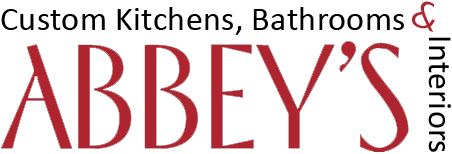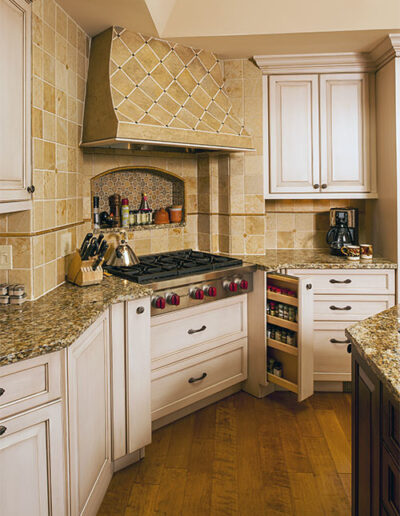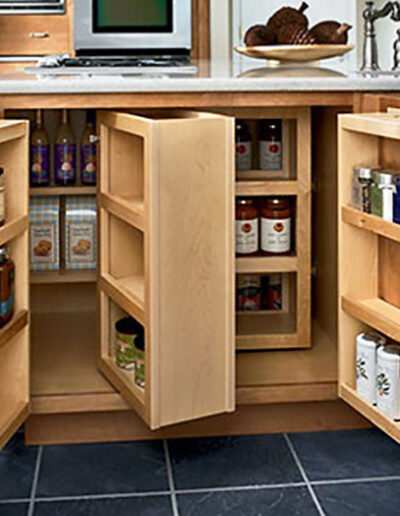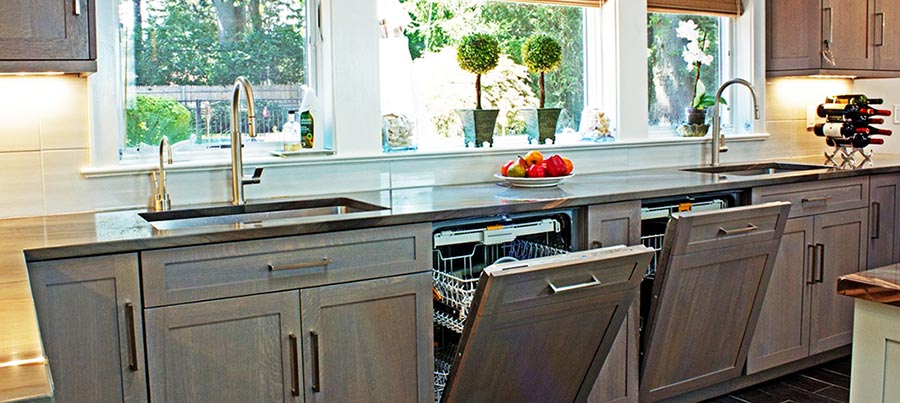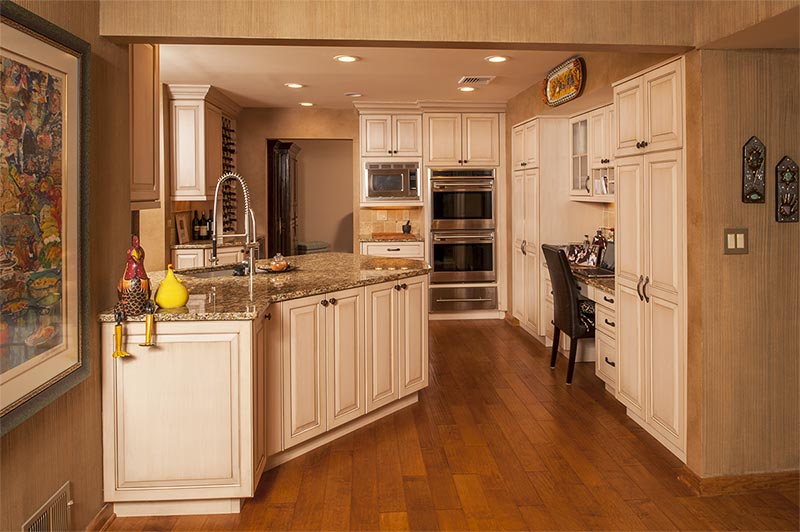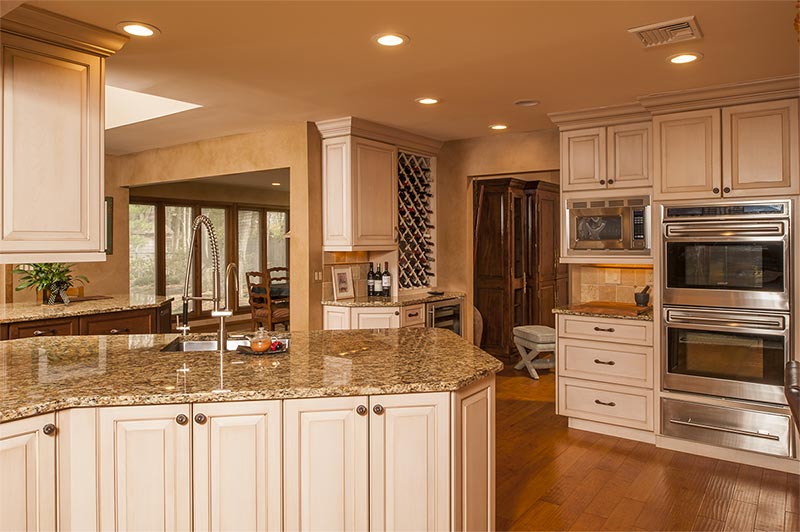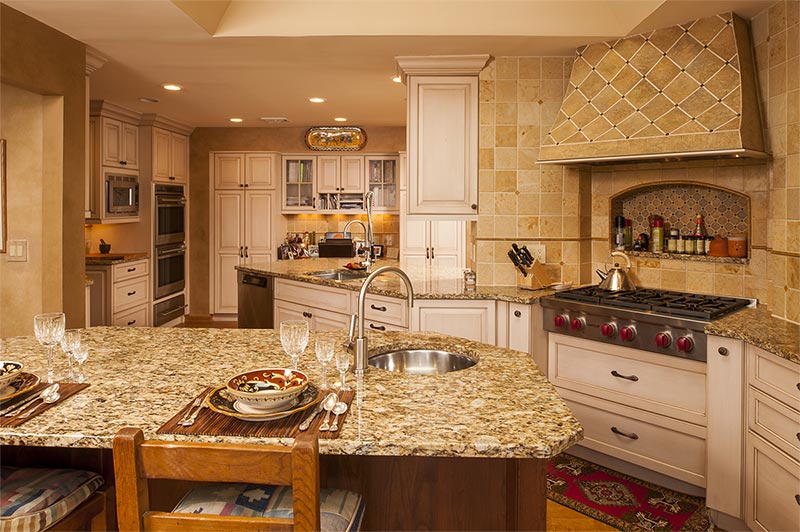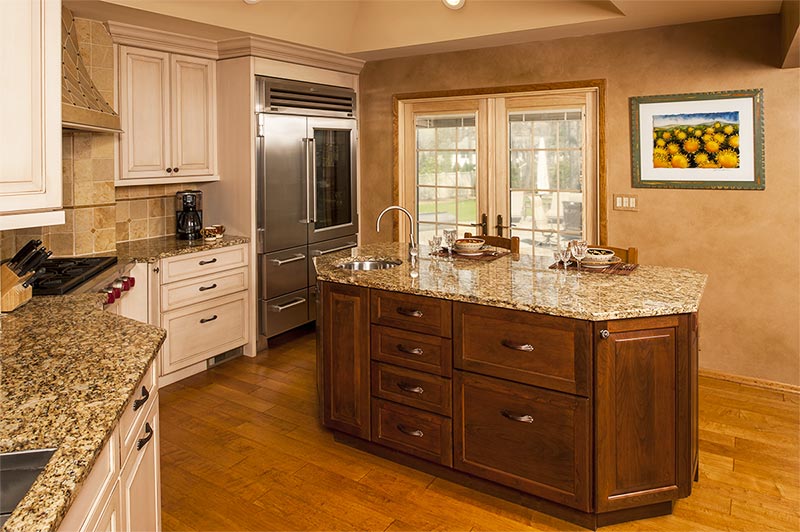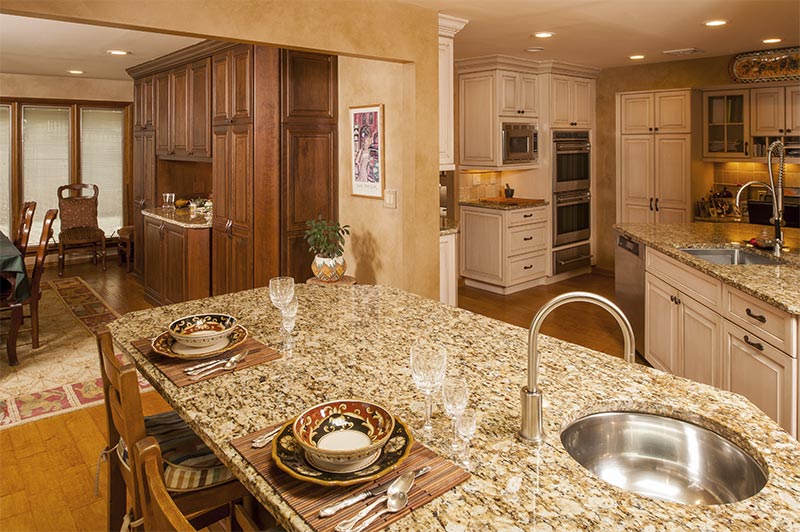Creating your Kosher Kitchen
Perhaps this year’s Passover celebration has brought you closer to your Jewish faith, with a desire to practice a more kosher lifestyle?
Now is a great time to consider redesigning your kitchen to help you follow your faith all year round.
In a kosher kitchen, meat and dairy are kept separate. That is in respect to storage, preparation, and cooking. Accordingly, a kosher kitchen can be characterized by duplicates: two sets of pots, two sets of dishes, two sinks, and perhaps two stoves.
Hi, this is Steve from Abbey’s Kitchens, Bathrooms and Interiors. Today we interview Chanie, a good friend of mine, who maintains a devout Jewish lifestyle that includes a Kosher kitchen as well as a Passover kitchen.
Steve: Chanie, please describe in more detail what makes a kitchen kosher.
Chanie: Hi Steve, as you know, meat and dairy are kept strictly separate, only kosher ingredients are used, and any traces of non-kosher have been purged from the kitchen utensils and surfaces before they are used.
In my home, each side of my galley-shaped kitchen has a stainless-steel sink, drawers for silverware and utensils, dishes, pots and pans. One side is meat (Basar), the other dairy (Chalav). Items that are Pareve (eggs, fruits, vegetables, grains, pasta, nuts, beans, legumes) can go either way. Our dishes are different in color and pattern, so we don’t confuse the three. The same goes for our cloth napkins and placemats.
Steve Meltzer of Abbey’s Kitchens, Bathrooms & Interiors can provide consultation in redesigning and remodeling your current kitchen into a more kosher kitchen. Please call (201) 823-2223 or email info@abbeys.com for an appointment.
Contact us here – or by phone, 201-823-2223
Steve: one of the popular cabinet drawer accessories I have available is a drawer with a divided tray for silverware that sits atop another divided tray, allowing for two sets of silverware. Do you recommend this?
Chanie: In a silverware drawer situation like that, I think it would be too easy to mix up the silverware. I prefer two separate drawers.
Steve: Can you use a dual bowl sink and keep items separate in that manner?
Chanie: Well, it is better if the two sink bowls are separated by more space than that, so that no splash between the two is possible. I have a small third sink in which I wash my pareve items.
Steve: And what about cook stoves?
Chanie: For cooking, some use 2 separate stoves. I use one range-top at separate times and have 2 separate ovens. During the hours of the Shabbat, or Sabbath, my oven stays on. All lights and sounds are disabled.
If someone has just one oven, meat and dairy should not be cooked at the same time. The oven would be cleaned thoroughly with the self-cleaning cycle and wait a few hours before cooking the other type of food. Since I use one range top, I keep it very clean between cooking meat and dairy. The same would hold true for a microwave oven. A microwave is easy to kosher (boil water in it until it boils over.)
Steve: What about your refrigerator?
Chanie: I use one refrigerator but keep meat and dairy on separate shelves and drawers. In Shabbat mode, the appliance keeps refrigerating, but no lights or sounds activate.
By the way, I have two dishwashers, one for meat, one for dairy. I run meat and dairy dishes and utensils at separate times. For my countertop blender, I use one motor base with different vessels for each.
Steve: What is a Passover kitchen?
Chanie: During Passover, a separate kitchen altogether is to be used. In my house, it is only open this one time of year, and is closed the rest of the year. We use an entirely different set of dishes and utensils that we bring out of storage, which are already kashered. We do use the main kitchen appliances to some extent: the refrigerator and stove are used, and they have been thoroughly cleaned. Sinks that are used all year round are kashered and lined. We abstain from eating anything leavened during Passover. All food products with leavening (chametz) are taped shut and put in the garage for the week. The whole house is cleaned super-well. It’s a lot of work but makes the Passover even more special.
Steve: Chanie, why do you practice a kosher kitchen?
Chanie: I’ve done this all my life! This is how my parents lived, so it is a part of me. But, why? My family and I feel that eating in this historic and nourishing way also nourishes deeper levels of our souls. The concept of discipline in body and mind, knowing right from wrong and good from evil, are important in our continued spiritual growth. There are different kinds of mitzzvah (fundamental rules of living that connect us to Hashem). When we eat in a kosher, commanded way, it is a way to show reverence to Hashem (G-d) and feel connected to our faith and community.
Steve: Thank you Channie for your generous insights into your kosher kitchen! I understand this article could have gone into a lot more detail – so we have added resource links for our readers to delve further.
More information can be found here:
https://www.jewishvirtuallibrary.org/overview-of-jewish-dietary-laws-and-regulations
https://www.chabad.org/library/article_cdo/aid/4639764/jewish/What-Is-a-Kosher-Kitchen.htm
https://www.chabad.org/library/article_cdo/aid/82672/jewish/Koshering-Appliances-and-Utensils.htm
Judaica stores –Eichler’s on Cony Is Ave. Judaica World in Crown Heights.
